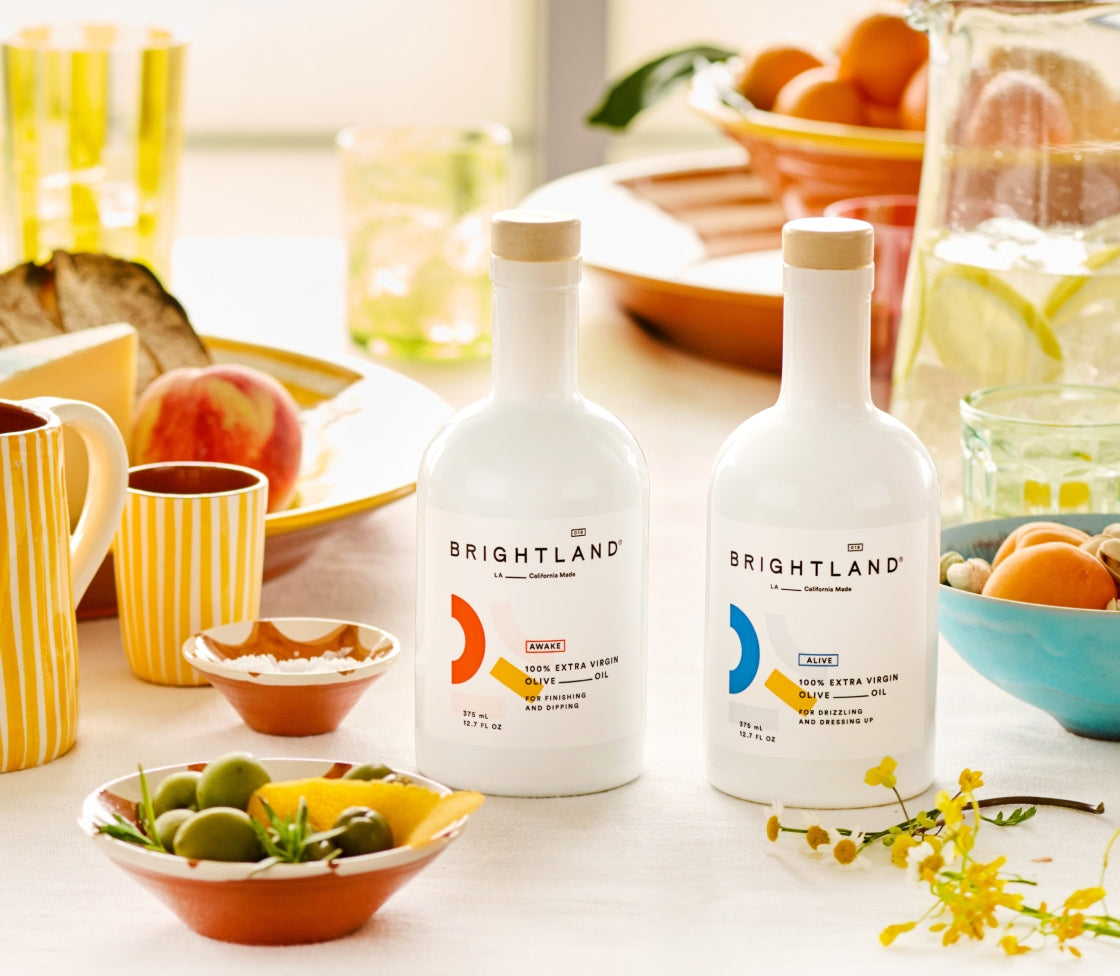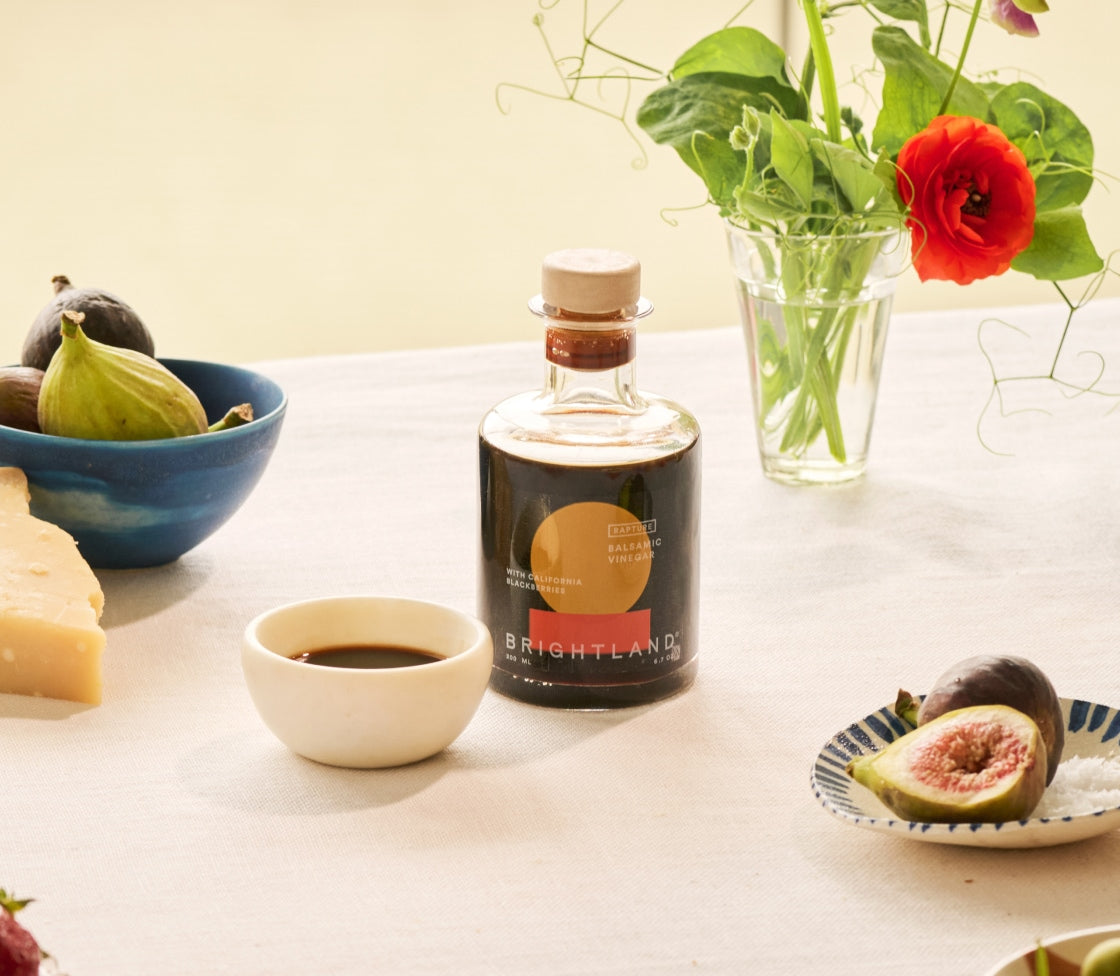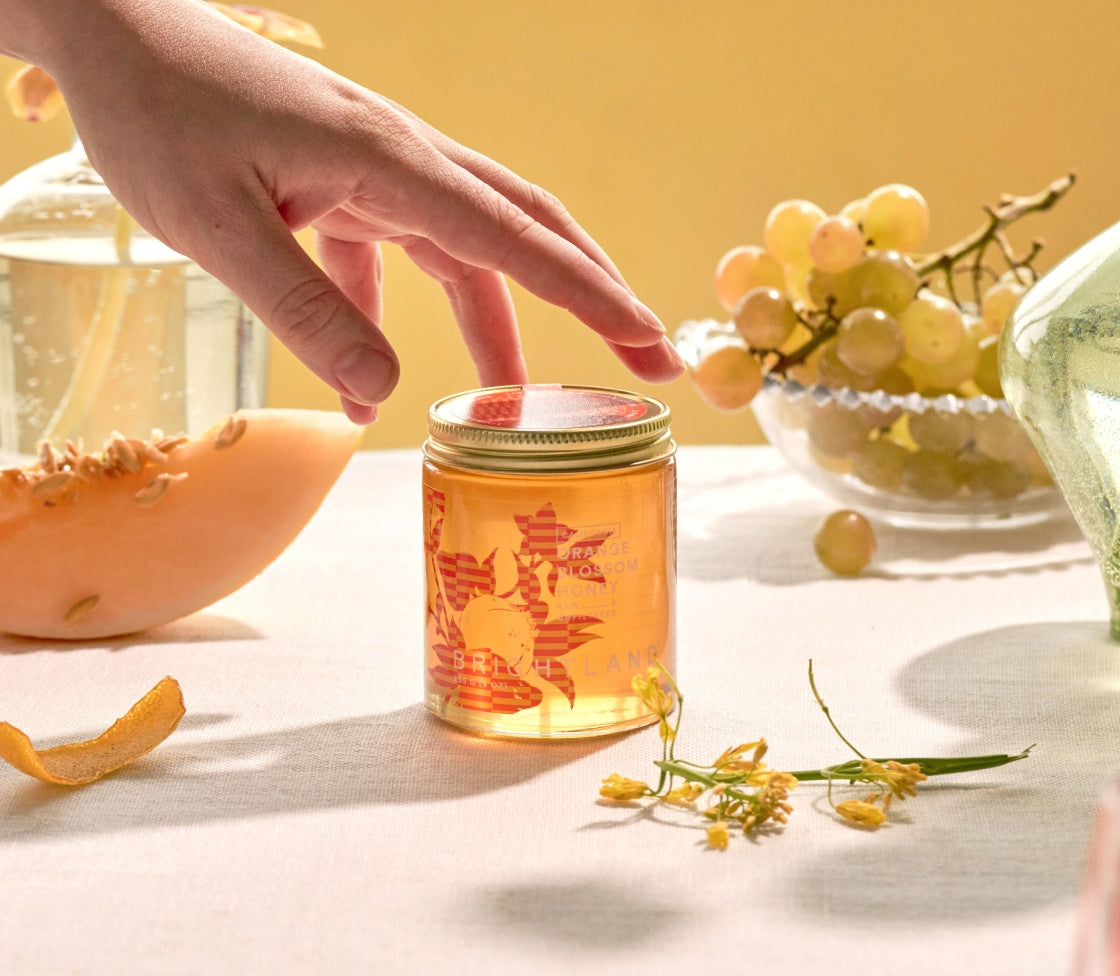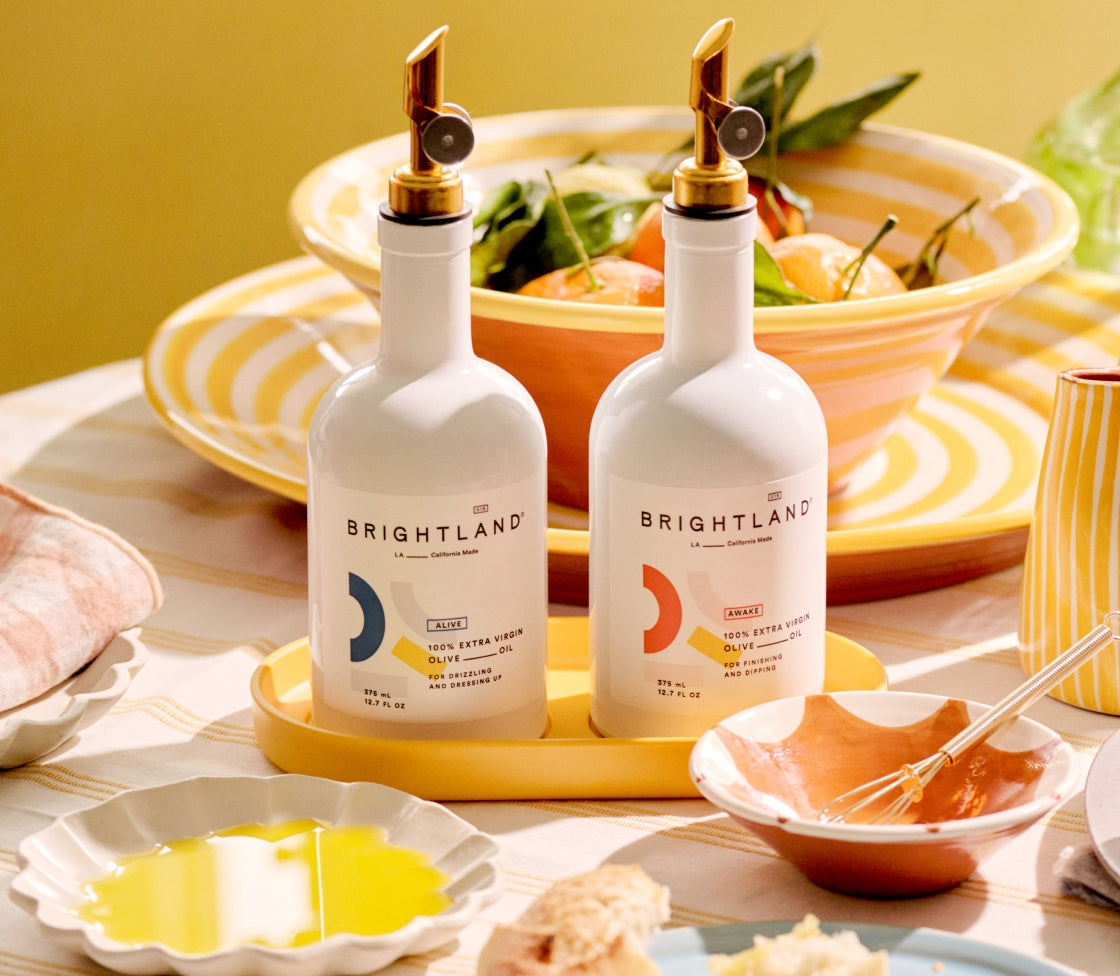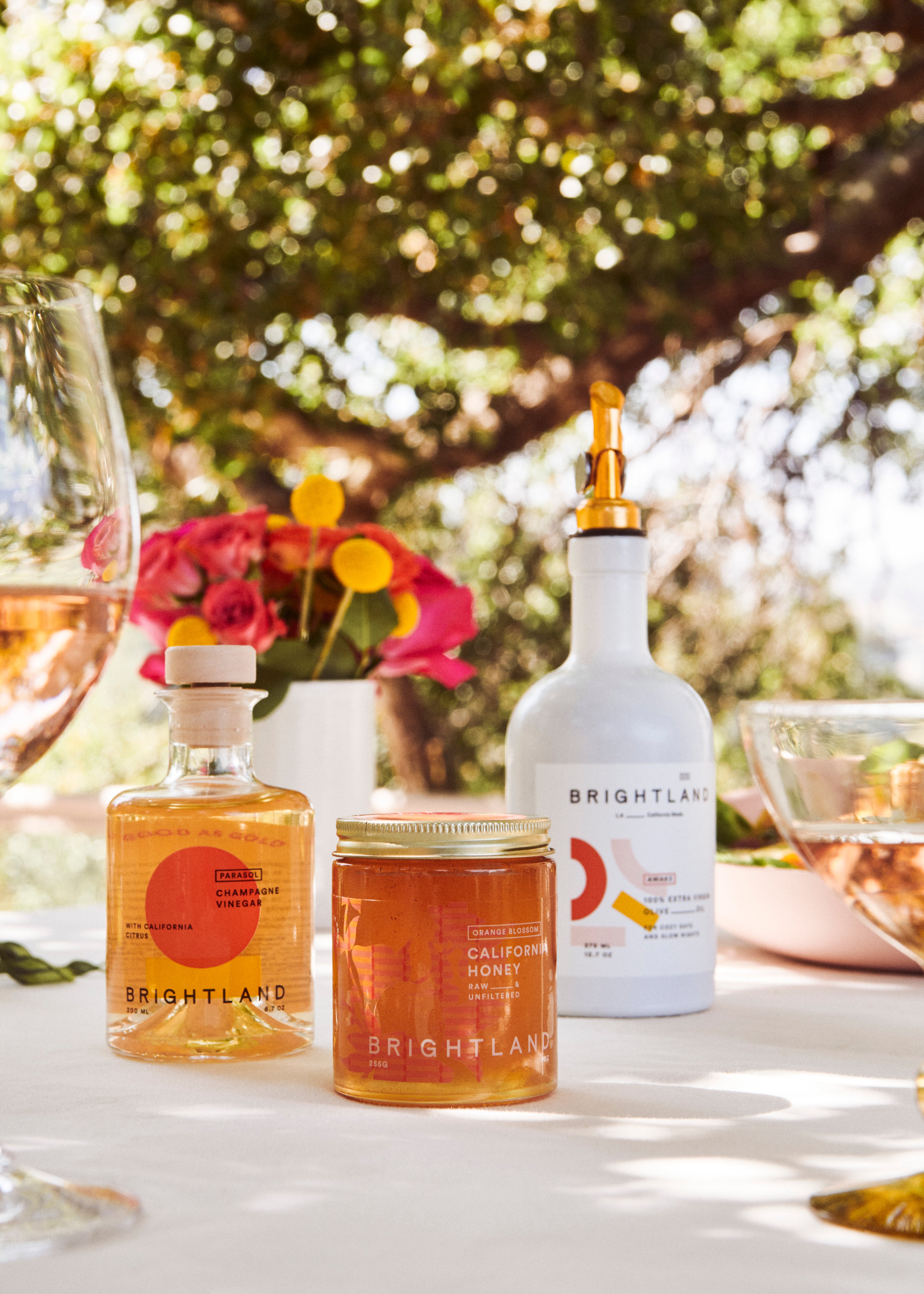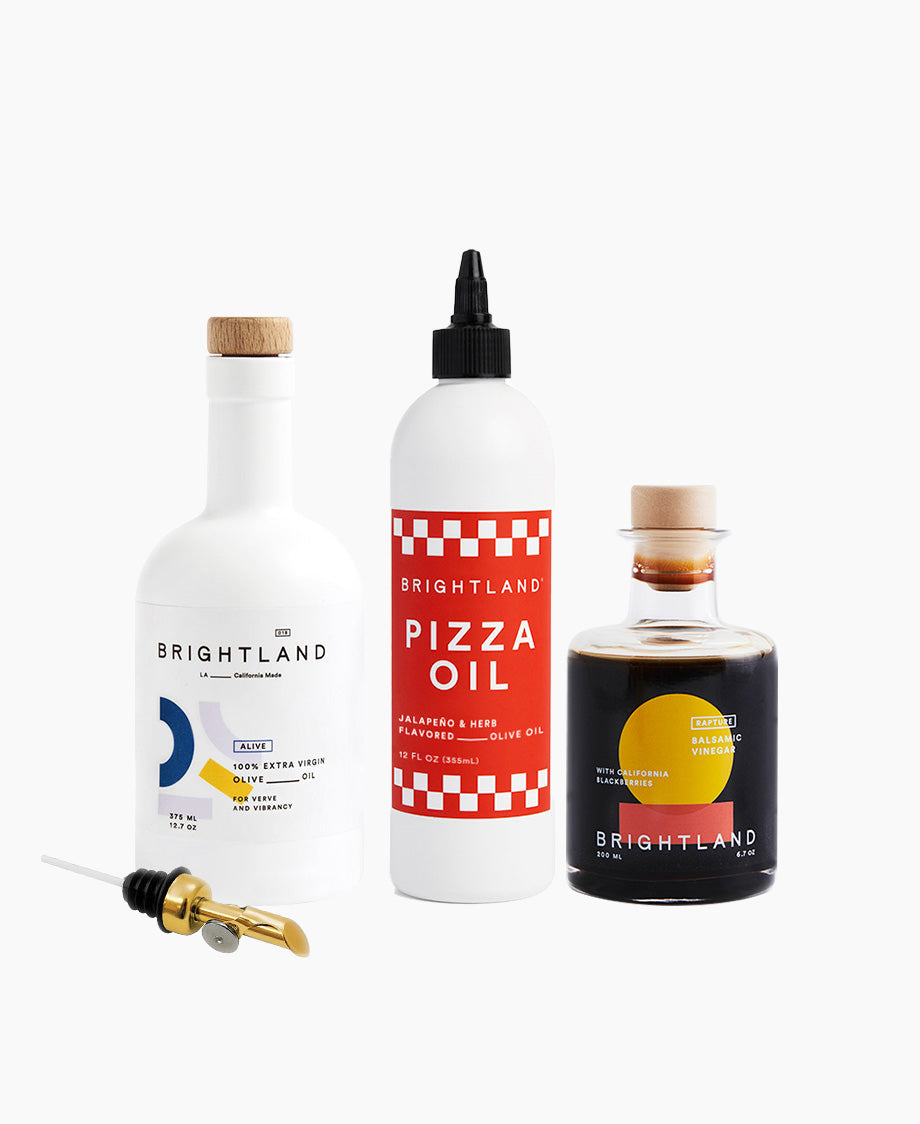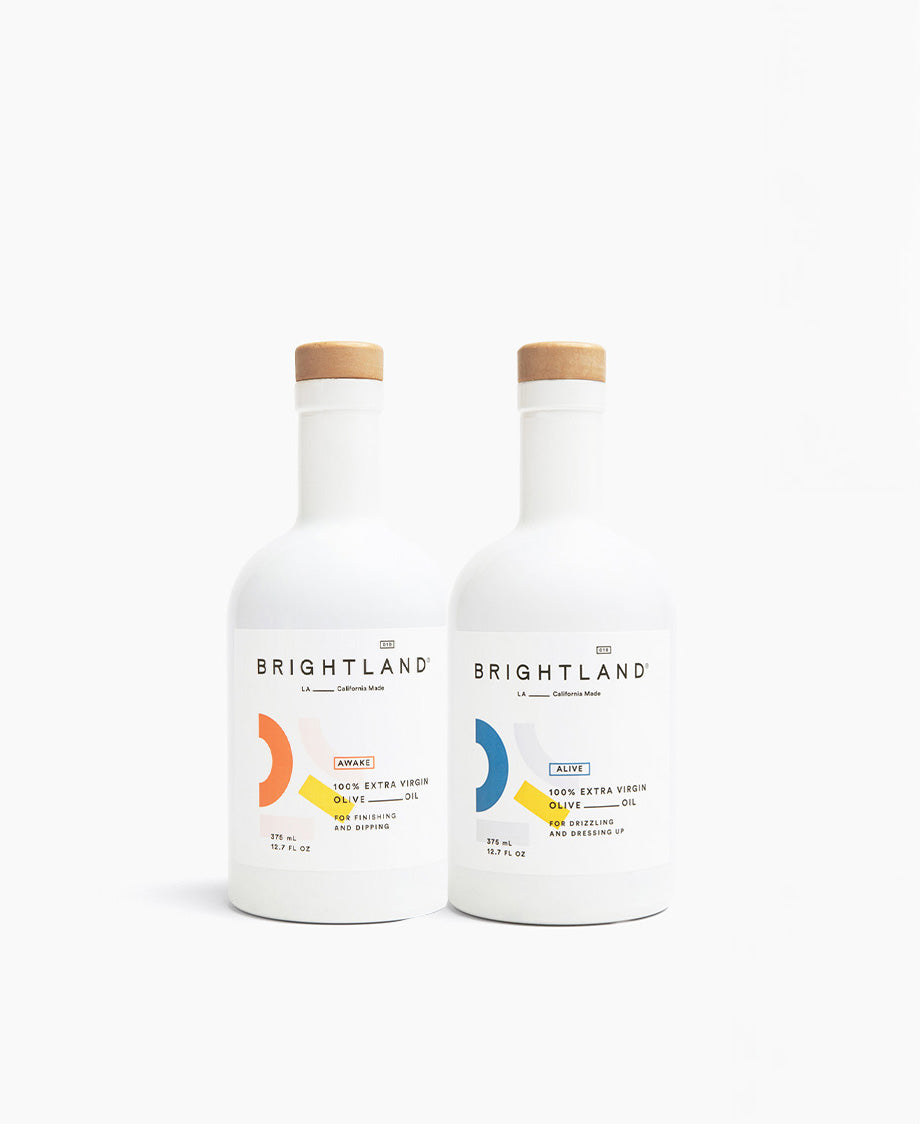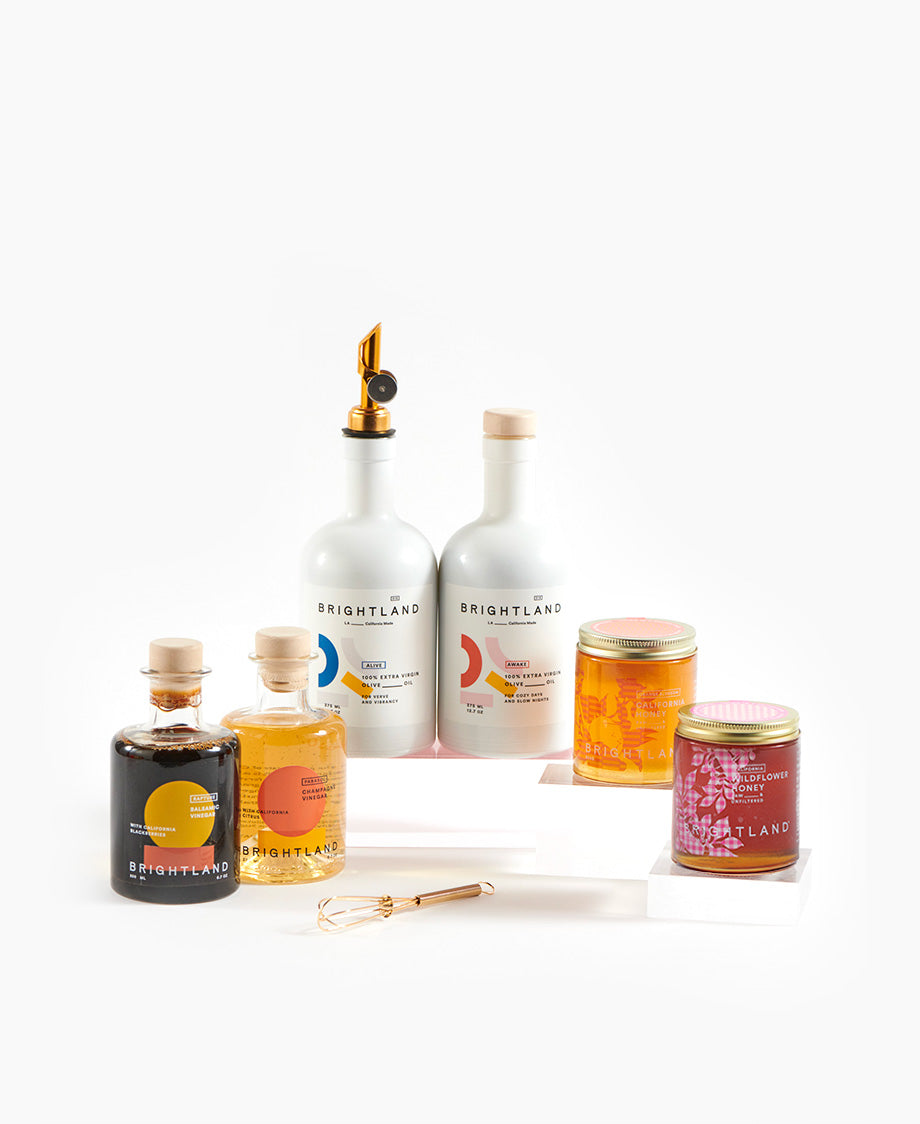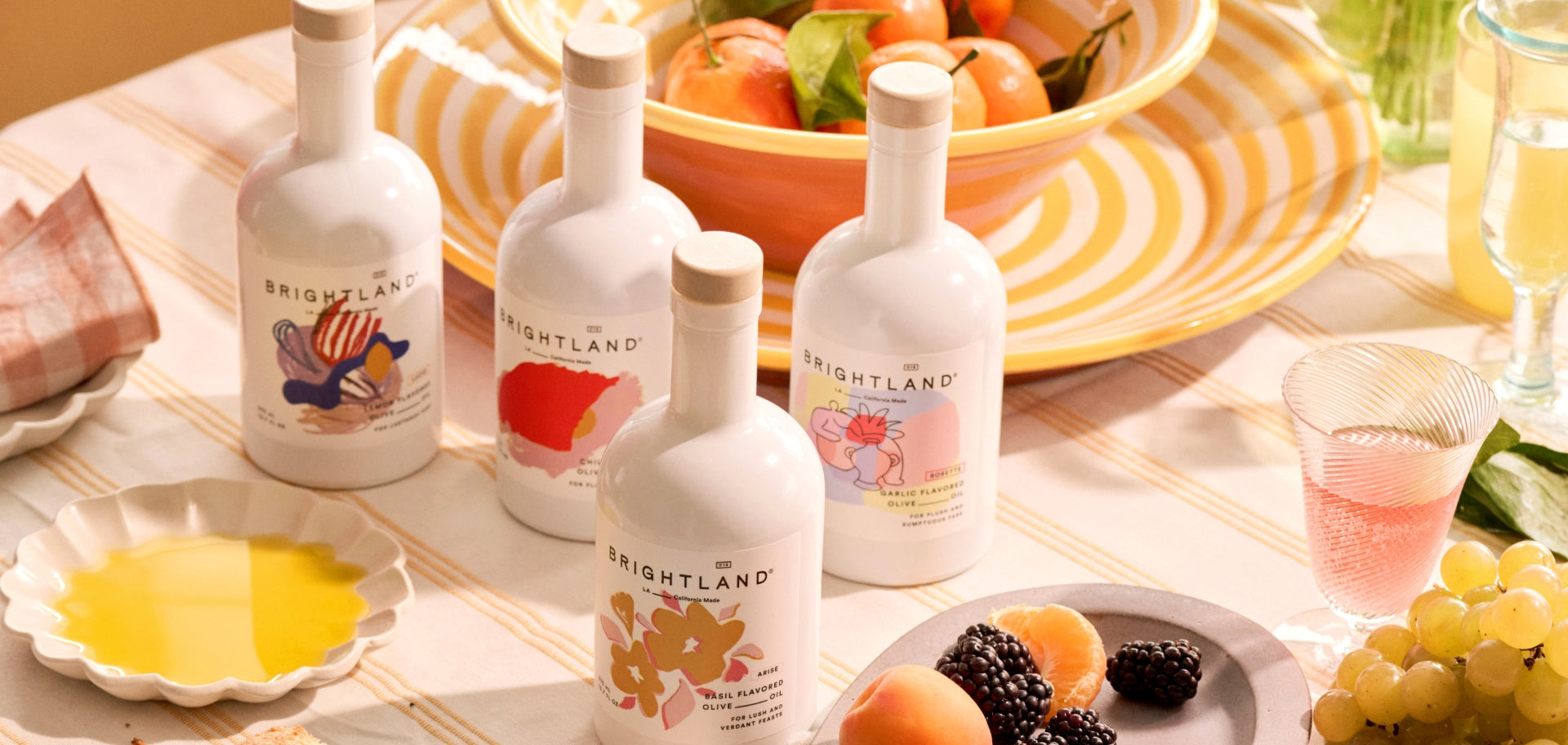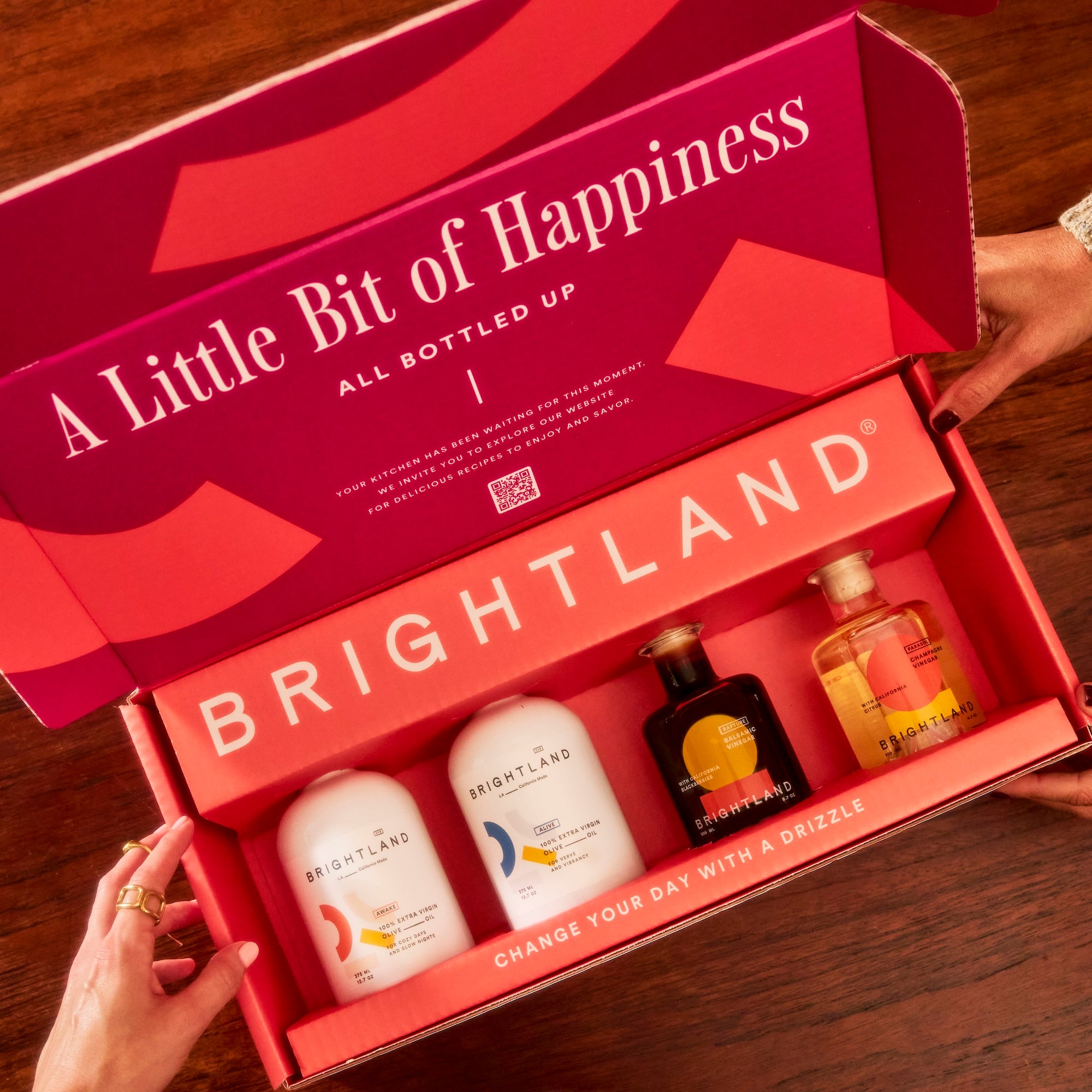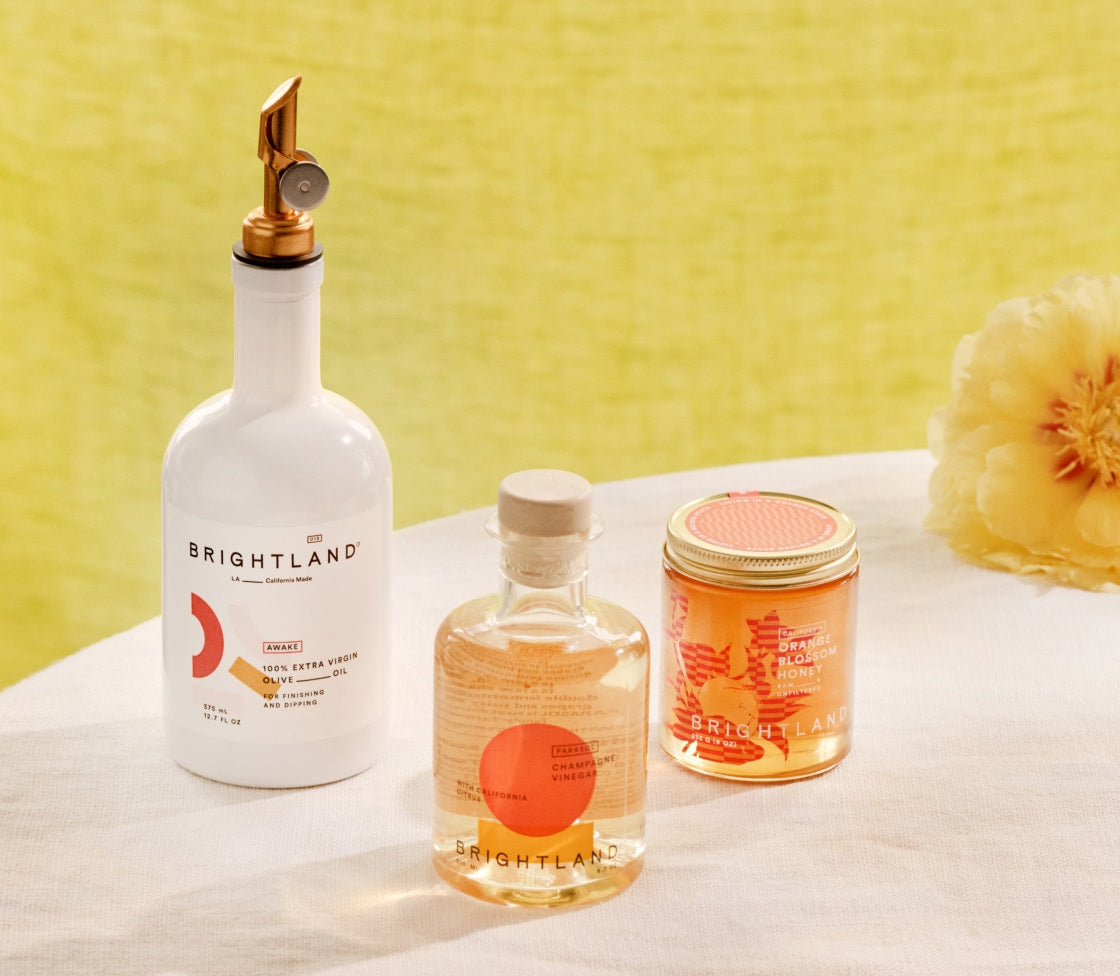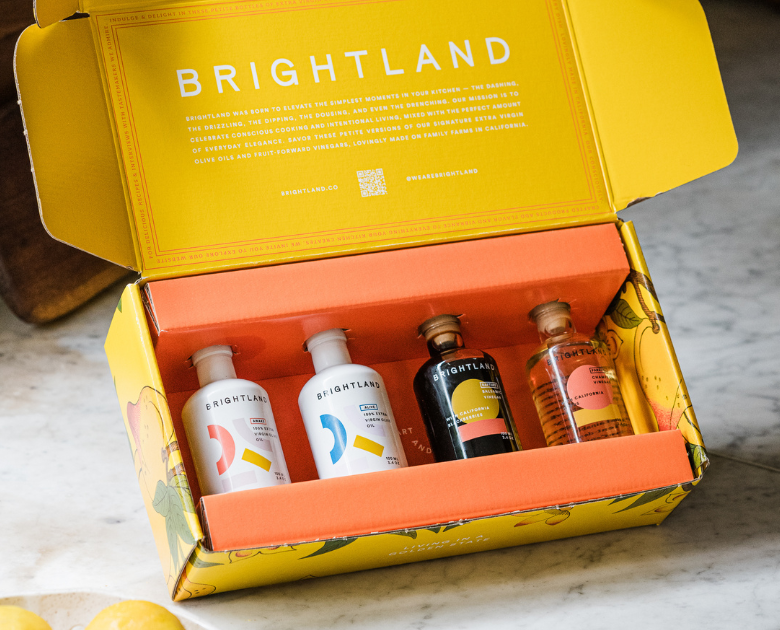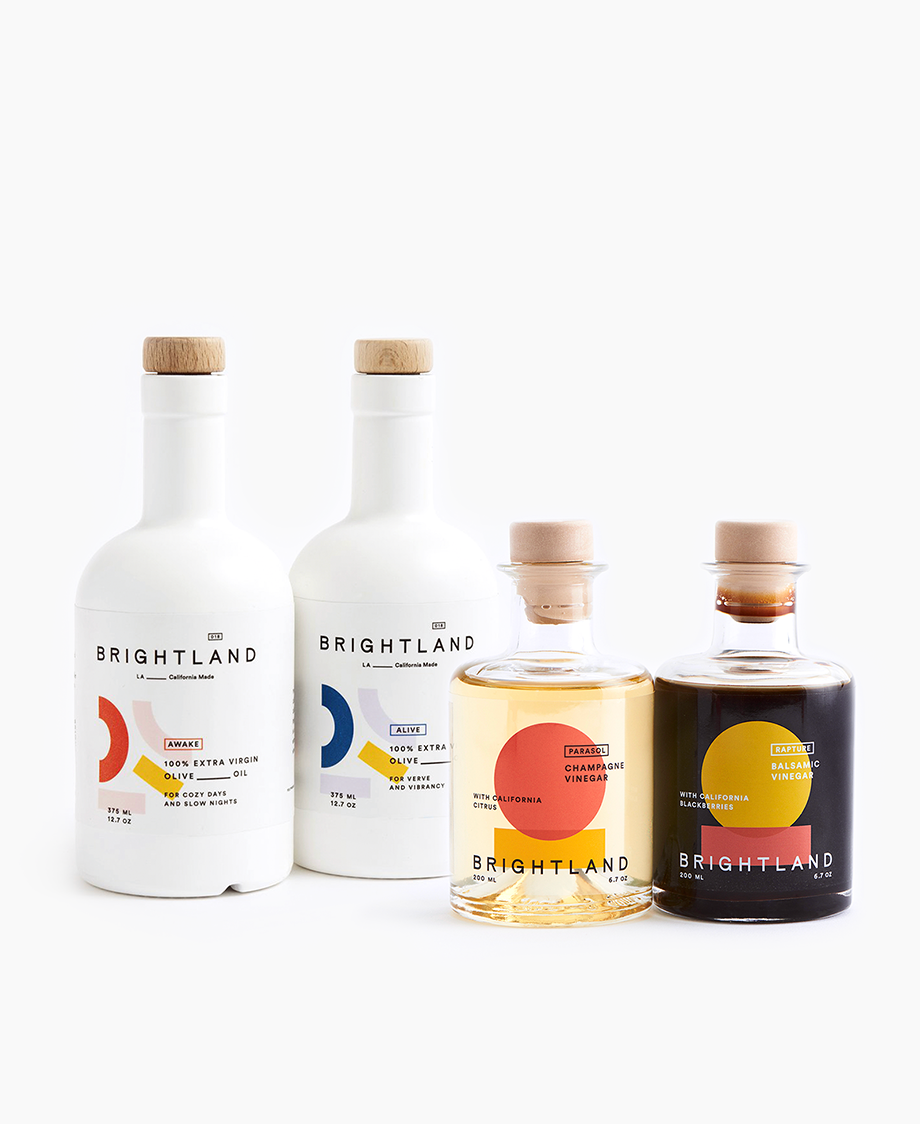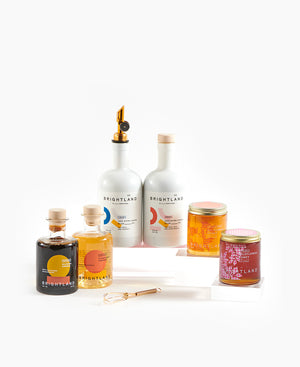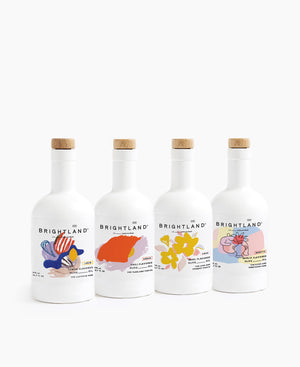[open type="rte"]

[close type="rte"][open type="rte"]
Cooking oils are one of the staples of the kitchen, featured in many different recipes. In fact, some people actually use cooking oils to make almost every single meal! Since most people consume cooking oil on a frequent basis, it is very important to choose an oil (or a selection of oils) that is healthy. Here are our top 15 tips for choosing a healthy cooking oil as part of an overall balanced diet.
[close type="rte"][open type="rte"]
Pay attention to the fat content.
The fat content is one of the most important components that make an oil healthy or unhealthy. Look for an oil that has little to no trans fat and a lower proportion of saturated fats, both of which raise your bad LDL cholesterol and lower your good HDL cholesterol. Instead, look for cooking oils that are rich in polyunsaturated and monounsaturated fats, which are the healthy fats that lower your bad cholesterol and raise the good kind. Eating healthy fats in moderation is essential to a balanced diet, and cooking oils can be one of the best ways to incorporate your healthy fats in a delicious way.
[close type="rte"][open type="rte"]
Consider other beneficial ingredients.
Healthy fats are not the only beneficial ingredient that cooking oils may contain. Some cooking oils, such as extra virgin olive oil, contain vitamins, minerals, antioxidants, polyphenols and other nutritious compounds. These elements have varying health benefits, including anti-inflammatory and antibacterial properties. Choosing an oil that contains these nutritious compounds will further increase the health benefits that you are getting from your cooking oils. If you are trying to choose between cooking oils and they seem to have pretty similar levels of healthy fats, then check the labels to see how their other nutritional ingredients stack up.
[close type="rte"][open type="rte"]
Understand the smoke point.
Choosing a cooking oil with a smoke point that is too low will not just set off your kitchen fire alarm. Exposing oils to heat that is too high will cause them to degrade, breaking down those nutritious compounds we just talked about and potentially making your entire meal taste smoky as well. For instance, flaxseed oil will smoke around 225 degrees Fahrenheit, which is quite low, rendering this oil best for no-heat cooking applications. Keep in mind that smoke points can vary a lot within the same type of oil as well. Extra virgin olive oil can have a smoke point as high as 410 degrees, but other types are often lower.
[close type="rte"][open type="rte"]

[close type="rte"][open type="rte"]
Think about the taste.
Cooking oils differ greatly when it comes to their taste. For example, extra virgin olive oil usually tastes sharp, grassy, peppery or some combination thereof, depending on the varieties of olives used. You can even get flavored oils, such as chili olive oil and basil olive oil. It is usually a good idea to stock your pantry with several different kinds of cooking oils with a wide range of flavors so that you can pick one based on the recipe you are making.
[close type="rte"][open type="rte"]
[close type="rte"][open type="rte"]
Prioritize plant-based oils.
Sometimes there is just no replacement for a little bit of butter spread on a hot piece of toast — but, in general, you should prioritize plant-based oils instead of making solid fats like lard and shortening your go-to cooking fats. This is because solid fats tend to be higher in saturated fats and lower in unsaturated fats when compared to the same amount of plant-based oils. You also run the risk of solid animal-based fats like lard going rancid within a couple of days if they are not stored properly, which is not that pressing of a concern with plant-based oils.
[close type="rte"][open type="rte"]
Choose unrefined or virgin oils.
Many inferior oils are extracted using either chemical solvents and/or extremely high heat. This process removes debris and unwanted compounds and also results in an oil with a transparent and uniform color gradient. However, these refining processes also remove the nutritious compounds that we talked about earlier. If you want to get the most out of your oil, look for varieties that are extracted mechanically instead of chemically. These oils usually have labels with terms like “cold pressed,” “unrefined,” “virgin” or “extra virgin.” For example, at Brightland, all of our olive oils are cold-pressed and extra virgin so that our customers will get the healthiest, freshest oil possible.
[close type="rte"][open type="rte"]

[close type="rte"][open type="rte"]
Examine the label carefully.
Speaking of reading the label, it is important to carefully examine each bottle of cooking oil before purchasing it to ensure that you are actually getting the product that you think you are. Not all label terms are regulated, and some oils are not actually what they claim to be. This is generally more of a problem with cheaper cooking oils, which may not meet the quality standards the label claims or may be cut with a different, lower-quality oil to stretch quantities and increase profits. To make sure that you are getting a high-quality oil, purchase some smaller, reputable brands such as Brightland that are able to oversee every part of the harvesting and extracting process to guarantee a quality product.
[close type="rte"][open type="rte"]
Skip the spray oils.
Spray oils may seem convenient, but they come with some serious downsides in the health department. In order to get the oil to aerosolize, it must often be combined with other chemicals. In addition, many manufacturers also use trans fats in spray oils, but as long as they keep it below 0.5 grams per serving, they can round down to zero and not put it on the label. Since many spray oils limit a serving to a spray that lasts 1/4 of a second, and most people spray it for several seconds, then it is very likely that you are actually getting a significant amount of trans fats in total. You can get similar results without the health drawbacks by putting a little bit of olive oil on a paper towel or basting brush and wiping down your pan.
[close type="rte"][open type="rte"]
[close type="rte"][open type="rte"]
Check the best-by or harvest date.
All cooking oils will eventually oxidize and develop free radicals. The key is to use them up before that can happen. For best results, you want to buy an oil that is as fresh as possible, so check the labels for a “best by” date before choosing which bottle to buy. Even better is a “harvest date,” especially if it falls within the past year. When shopping at a grocery store, be extra vigilant about checking the more premium oils for their “best by” dates. Because of their higher prices, they often sit on the shelves for longer, so a high price tag does not always translate to a fresher oil. You might be better off ordering from a high-quality cooking oil brand that is transparent about their harvest or best-by dates. At Brightland, we always list the harvest date in the description of each oil.
[close type="rte"][open type="rte"]

[close type="rte"][open type="rte"]
Investigate the packaging.
The type of bottle that the oil comes in will also help it stay fresher for longer. For best results, we recommend choosing oils in a completely opaque bottle, which will help to protect it from heat and light, both of which can cause the oil to degrade prematurely. We also recommend choosing a glass bottle whenever possible. Glass stands up to heat better than plastic and won’t deform under pressure as easily. Some low-quality plastic can also impart a weird taste to the cooking oil, especially if the bottle sits in your pantry for months.
[close type="rte"][open type="rte"]
[close type="rte"][open type="rte"]
Know the shelf life.
Different cooking oils have different shelf lives, so even if you buy them on the same date and store them exactly the same way, one type of cooking oil might go bad before another. Cooking oil may also vary depending on whether the oil is refined, extra virgin and so on. For instance, high-quality olive oil usually lasts between 12 and 24 months, while walnut oil only lasts six to eight months. Educate yourself about the shelf life of each of your oils and mark the label or cap with the date you opened it so you can keep tabs on it.
[close type="rte"][open type="rte"]
Evaluate your diet as a whole.
When thinking about a healthy diet, it is important not to fixate on cooking oils or even fats as a category too much. Instead, you should be taking a look at your entire diet holistically so you have a comprehensive understanding of where all your nutrients are coming from. Obviously, it is important to choose healthy cooking oil, but you should be considering your oil consumption without the context of your entire diet.
[close type="rte"][open type="rte"]

[close type="rte"][open type="rte"]
Buy oils that you will want to use.
A healthy cooking oil will do you no good if it sits in the back of your pantry for years until it goes rancid. Just like with other healthy foods, you should choose healthy cooking oils that you actually want to eat. If you do not like the taste or smell of a particular cooking oil, then do not buy it, no matter how healthy it is supposed to be! It is much better to stock your pantry with healthy foods that you will actually want to eat.
Ready to try some high-quality extra virgin olive oils? At Brightland, all of our olives are harvested from family-run farms in California and processed within 90 minutes of harvesting to ensure the freshest product possible. Order today and get free shipping on your U.S. order over $80!
[close type="rte"]
